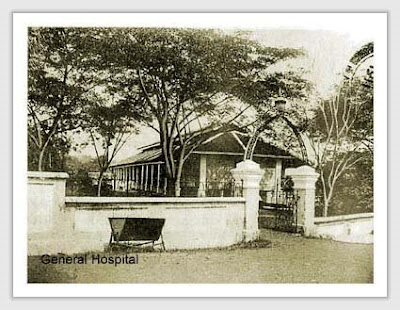WiseGeekIdentifying blood type can help in a number of ways and is thus important. Degree of importance depends upon the needs of the individual. All should know their blood types for emergency purposes.
Should one require blood after an accident, one’s blood type determines the other types of blood one can receive. Almost all types of blood are compatible with the type O negative. However, sometimes people require type specific blood, and thus specific blood type should be known.
Blood typing can be a way to initiate research into establishing genetic relationships. For example two parents with AB negative blood cannot have an O positive child. In criminal investigations this can be used to establish kidnapping charges when a child has clearly not been adopted. Conversely it can be the beginning step toward proving parental relationships if blood typing is the same.
Blood typing used to be one of the main ways in which the police establish a criminal’s presence at the scene of a crime. Since it takes only a few moments to perform a blood type test, it can still at least eliminate potential suspects. However, since there are numerous people of the same blood type, having the same blood type found at the scene of a crime does not mean one is necessarily guilty. Further tests that evaluate DNA are used as proof of presence at a crime scene. DNA cannot be duplicated, and each person’s DNA is individual, like fingerprints.
Knowing one’s blood type can also be helpful if one plans to donate blood, bone marrow, or an organ. Only blood type information is needed for the purpose of blood donation. Both bone marrow and organ donation require more specific testing to determine matches. However, blood typing is the first step toward determining a match.
It is also useful to know blood type because rare types are in constant demand at local blood banks. O negative blood is in very high demand as this is considered the universal donor blood type. All other blood types can receive O negative blood.
Yet people with O negative blood can only receive O negative blood. Thus this blood is also needed specifically for the accidents or surgeries of those with O negative blood type. As well, some people may require other type specific blood, thus those with rare blood types are encouraged to regularly donate.

















